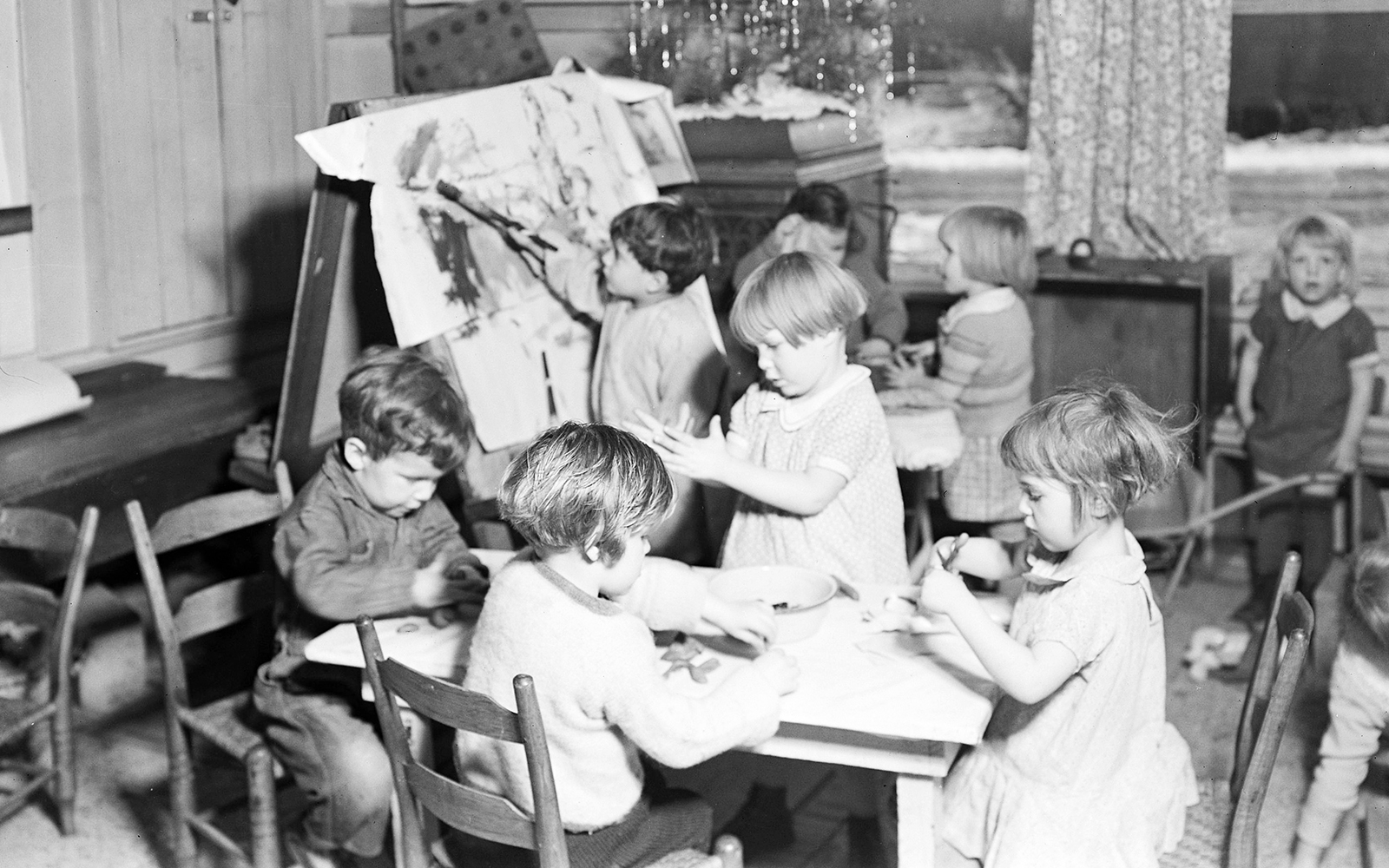
Interior of the Jere WPA nursery (West Virginia). These children are from unemployed miners’ homes, 1937 | U.S. National Archives and Records Administration | No known copyright restrictions
The Montessori Method of education considers children as complete individuals whom we must accompany towards their own autonomy, while respecting their learning needs. How can a method and philosophy of education from the start of the last century continue to be relevant today? From this perspective, how is the changing and volatile future perceived? How does it interact with technology and digital environments? We talk with Ève Herrmann, graphic designer and the author of several Montessori books and guides, on the occasion of her visit to Barcelona. We share with her reflections on education today, the contribution made by the Montessori Method and her experience of home-schooling her two daughters.
Ève Herrmann does not have many memories of the French primary school which she started at the age of 6 years; she only remembers that she was bored and that she would draw a lot because they allowed her to draw. The secondary school phase was not very pleasant: she wanted to learn and the centre did not respond to that need: “I had the sensation of being in with a group of very noisy stupid kids, with teachers who did not know who to manage their students”.
Herrmann took interest in the Montessori Method when her first daughter was born, when she saw what French education was like: “A school that directs, models and punishes children. I didn’t want to follow that path and I started to look, until I ultimately came to read Maria Montessori and her method corresponded to what I felt inside and what I wanted for my daughter. Ever since then, I have continued searching in this direction.”
Maria Montessori, who created her Method at the start of the last century, started working with small children with special educational needs and at risk of social exclusion. She immediately understood that the idea of adapting spaces and materials to better attend their development would equally make sense for all children. One of the main features that form the basis of the Montessori method is the exhaustive observation of children and application of the scientific method and the research carried out by Maria Montessori.
The Montessori Method is based on offering environments that are carefully prepared, simple and agreeable, where each element makes sense for the children’s development. Within these spaces, freedom of movement is offered so that each child can decide autonomously what they want to do, how much time they want to devote to it, etc. The materials were specifically designed after many years of research and observation, with the idea of developing different capabilities and skills, giving the child responsibility for the learning process. Herrmann explains that Maria Montessori wanted children to feel the desire to take over the materials and be attracted by them; for that reason she took such great care with these details. In addition, she attached a great deal of importance to the senses (such as touch, sight, etc.) and chose pretty things (made of wood, etc.), always seeking purity, sobriety or clarity to mark the senses and attract the children.
They are materials that allow youngsters to investigate and explore in an individual and independent way, enabling repetition and encouraging concentration. At the same time they encourage error control, since the material itself will be what shows the child whether it has been used correctly, introducing errors into the very learning process in a positive way.
Herrmann explains the importance of play, with pieces of wood, for example, to prepare the children for a changing future: “Free play will enable children to be the actors in their activity, leaving their imagination to work… and that means skills and abilities necessary for their lives in the future.”
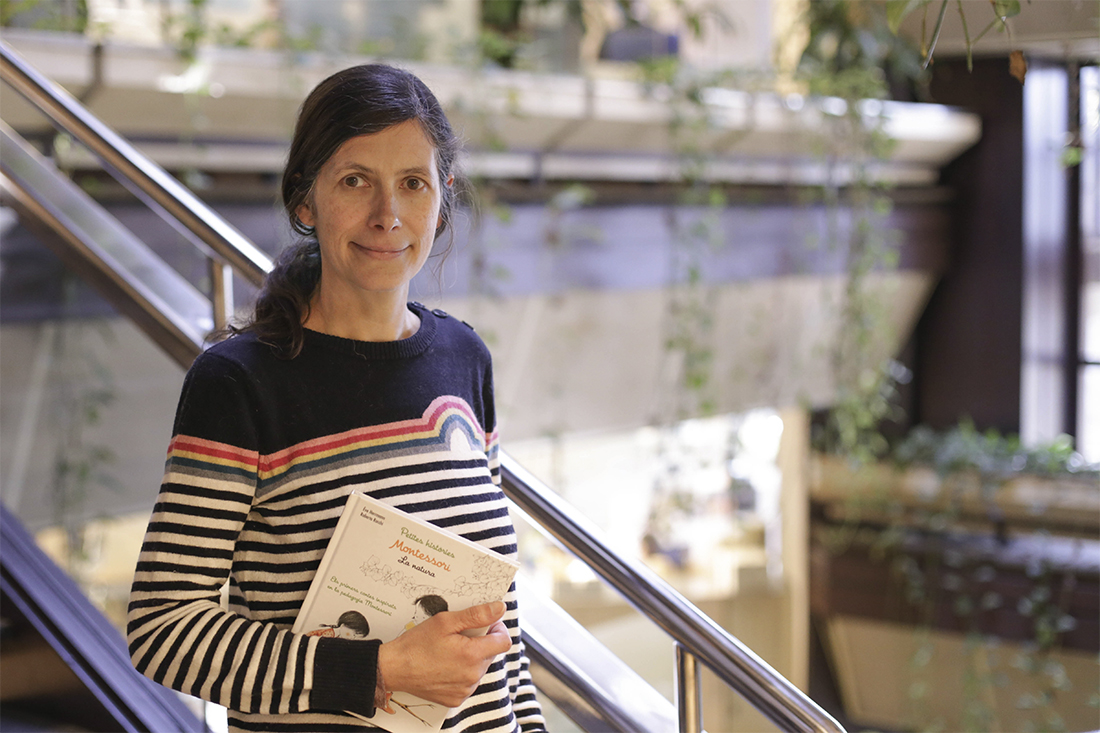
Ève Herrmann | Francesc Balagué | All rights reserved
The organisation of the children at Montessori schools is designed to foment the sense of community and social interactions, as they are grouped together in broad age groups, from 0 to 3 years, from 3 to 6, from 6 to 12, and from 12 to 18. This helps pupils to learn from each other and to help each other. Herrmann highlights that at early ages, the Method focuses on the more individual capabilities and skills, and as they get older, during the phase that is known as Cosmic Education, the whole part of community and society is reinforced. In order to foment the social interactions of her daughters, since she is home-schooling them, she says that she has to make a little effort: “I cannot stay at home but must go out and meet people. And we are lucky because we have time; sufficient time to go and meet very different people, of very different ages, and that makes for many, very rich interactions.”
Although she defends the home-schooling option as a methodology that is apt for all parents and that could be a mass model for educating children, she is clear that it is difficult, among other things because the State is not willing to create schools where children can be creators, leaders and free spirits. And in relation to the long working days of many parents she adds: “Effectively it is a problem, because something has been created that is not natural. Children are put into school, into a box all day long, because we cannot be with them. And I believe that the tendency needs to be inverted. If we look at history or other cultures, there are even places where the parents work with the children. And that is an unthinkable thing here, to come to work with your children. I work with my daughters and I have asked if they can come but it hasn’t worked.”
Although the Montessori Method focuses on developing the child’s abilities and capabilities (including creativity, autonomy, experimentation, etc.), there continues to be much turning of backs on technology. As Herrmann explains, at the majority of Montessori schools no technological devices or screens are used at early ages, and at later ages computers are used above all for doing searches. And she adds: “At our house we see technology as a tool, we cannot live outside of our time; we cannot say: ‘That doesn’t exist’. We will use it in an intelligent way and to ensure it has a usefulness, to make something, for example, or to conduct searches… but not purely for entertainment”.
When we imagine the future of work, the appearance of robots and how to prepare people to be competent in these environments, she is quite clear: “The basis is really helping children to learn for themselves, to work for themselves, and if they start something with pleasure, joy, with everything that they like, then when they are older they will continue to do that. Everything evolves and we do not know what things will be like in 20 or 30 years, but they will want to create, to act, to seek information… Therefore children will evolve with their time”.
The vast quantity of information immediately available, the social networks, etc., are new elements that did not exist when the Method was designed, but even so Herrmann confirms: “I believe that it is fortunate, in one sense, because with one click we have access to a lot of information, which means that school is increasingly useless. Children can increasingly be the main actors in their learning, but we have to teach them to make a choice and know where to search for information and to not believe everything that they read. There are many people that believe that a thing that is written is true. And they have to be taught that it is not true”.
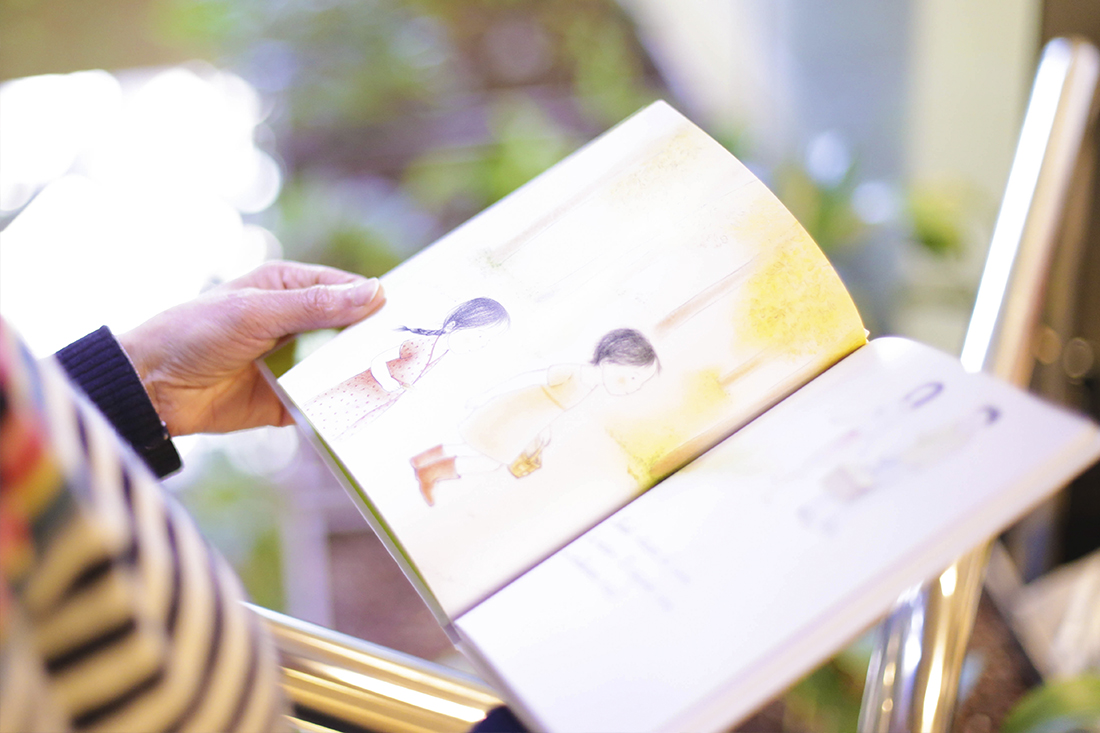
Ève Herrmann’s book is based on Montessori Method | Francesc Balagué | All rights reserved
After many years spent concentrating the main part of learning into books, and now in a hyper-stimulated world, one of education’s current challenges is to re-connect children with materials and contents. According to Hermann, technology distances us a little from our senses, from perceiving the different materials, and we lose this power of attraction that Montessori used.
However, the inclusion of the Maker current in education again connects this importance of attracting the attention and curiosity of children, based on linking technology with materials and physical objects. Makey Makey, the Tiggly tablet, LittleBits and different types of robots such as BeeBot are all tools that, with the support of technology, enable children to create, imagine, experiment, discover and connect with some of the basic elements of the Montessori Method. This observation also makes a lot of sense for cultural institutions and museums, and may give clues as to how to focus interaction with contents or how to formulate different learning experiences.
Many of the principles of the Montessori Method can be extrapolated to the design of current learning environments and experiences, but also to digital environments. Some elements that can serve as inspiration for the design of virtual learning platforms and spaces:
- The aesthetic and the carefully prepared conception of spaces, in counter-position to some complex platforms, which are overloaded with functionalities and saturated with information.
- Personalised progress and competency-based learning.
- Training evaluation and short feedback cycles.
- Roles of the teacher as guide and accompanier in the personal process of each pupil.
- The aim of converting pupils into learners over the entire course of their lives, by instilling a passion for learning.
Herrmann opted for the most radical option of home-schooling her daughters, and has managed to combine it with her work as a graphic designer and writer. To finish, she is very clear about the three factors that define this decision: time, freedom and happiness.

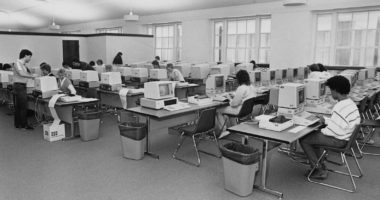
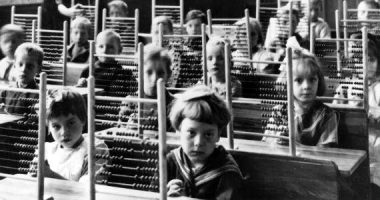
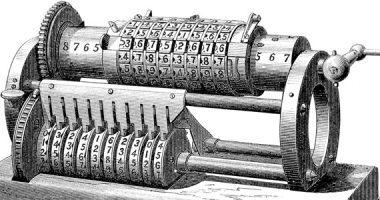
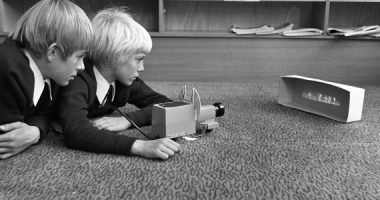
Leave a comment